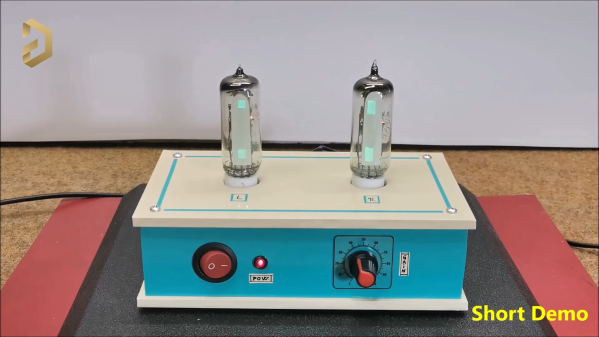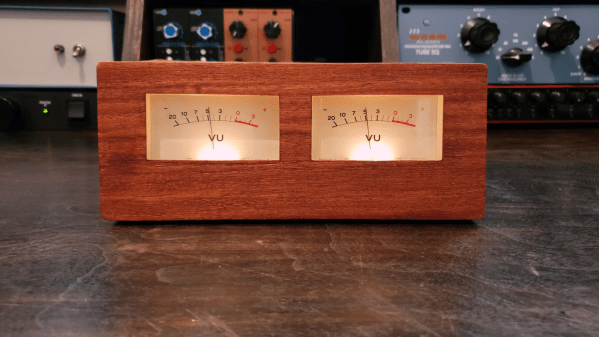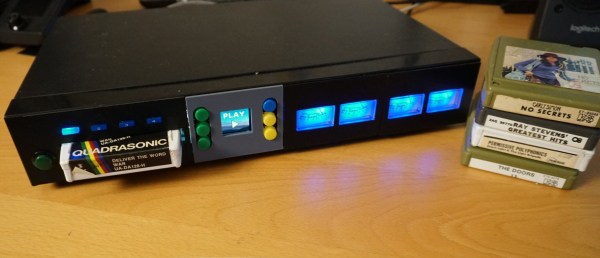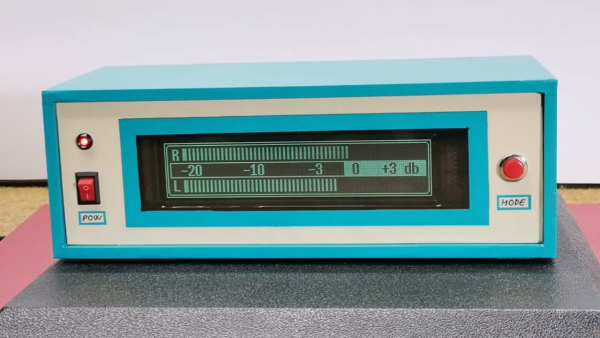You can still get moving-needle meters off the shelf if you desire that old school look in one of you projects. However, if you want a more flexible and modern solution, you could use round displays to simulate the same thing, as [mircemk] demonstrates.
At the heart of the build is an ESP32 microcontroller, chosen for its fast clock rate and overall performance. This is key when drawing graphics to a display, as it allows for fast updates and smooth movement — something that can be difficult to achieve on lesser silicon. [mircemk] has the ESP32 reading an audio input and driving a pair of GC9A01 round displays, which are the perfect form factor for aping the looks of a classic round VU meter. The project write-up goes into detail on the code required to simulate the behavior of a real meter, from drawing the graphics to emulating realistic needle movements, including variable sweep rates and damping.
The cool thing about using a screen like this is the flexibility. You can change the dials to a different look — or to an entirely different kind of readout — at will. We’ve seen some of [mircemk]’s projects before, too, like this capable seismometer. Video after the break.



















